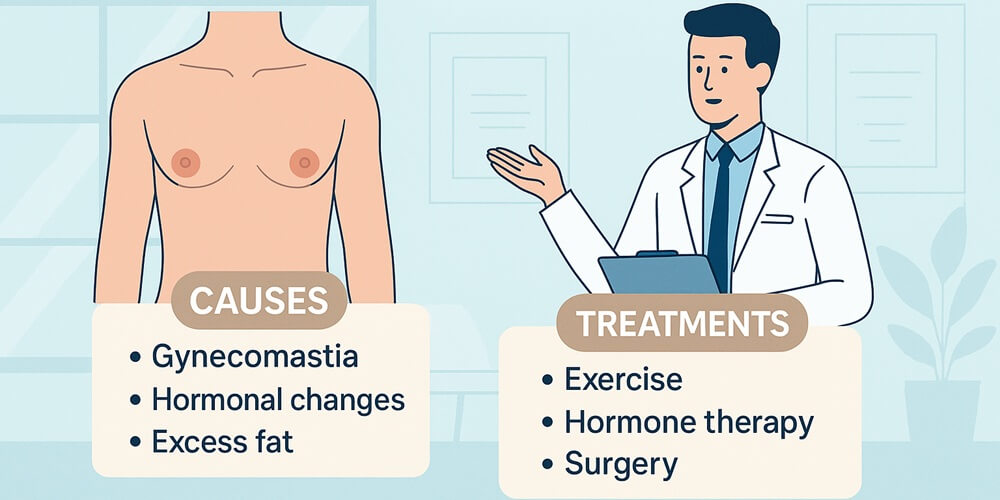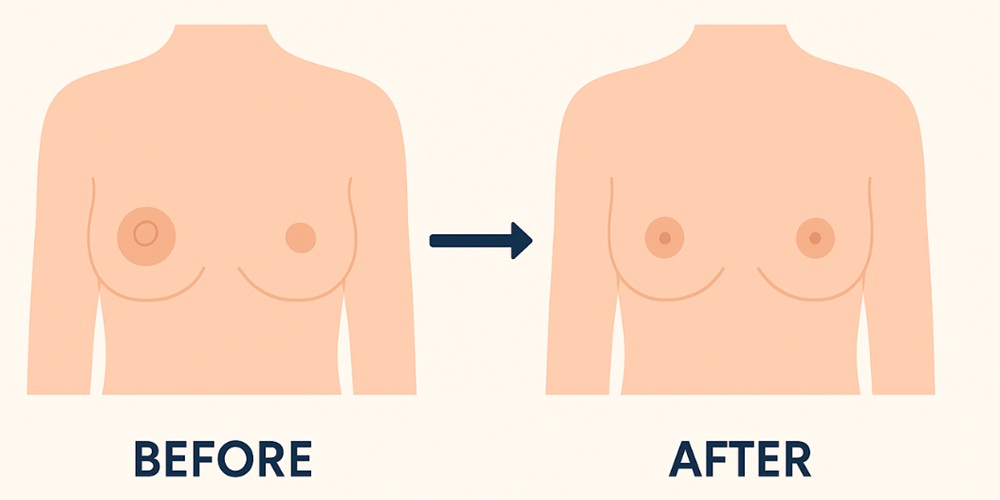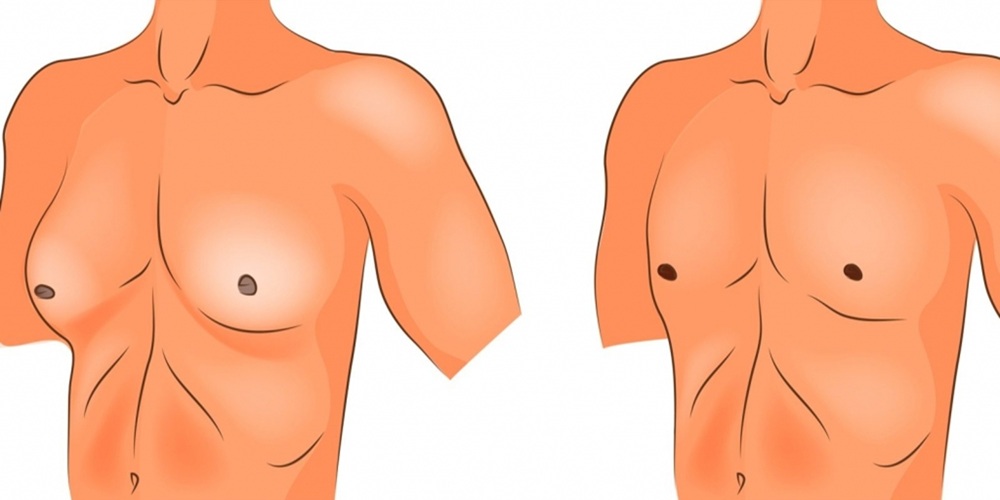Home » What Are Puffy Nipples and How Are They Treated?

Puffy nipples are a common aesthetic concern, particularly among men, though they can also occur in women. Characterized by a raised, swollen appearance of the areola and nipple area, this condition is often harmless but can cause significant emotional distress and self-consciousness, especially when wearing tight clothing or going shirtless.
Puffy nipples may be associated with a hormonal imbalance, excess fatty tissue, or underlying conditions such as gynecomastia, which involves the enlargement of male breast tissue. While not typically a health risk, the visual impact can negatively affect body image and confidence. Thankfully, modern cosmetic medicine offers both non-surgical and surgical solutions to reshape the chest area and achieve a flatter, more contoured appearance.
Puffy nipples are defined by a protruding or swollen appearance of the nipple-areola complex. The areola may appear domed or elevated, and in some cases, the area may feel soft or firm to the touch. This condition typically results from:
While often mistaken for general chest fat, puffy nipples are more specific in presentation, making targeted treatment necessary.

One of the leading causes of puffy nipples in men is gynecomastia, a benign enlargement of the male breast tissue. It is triggered by an imbalance between estrogen and testosterone, which can be caused by puberty, certain medications (like steroids or anti-androgens), or health conditions such as liver dysfunction.
In overweight individuals, fatty tissue around the chest area can create the illusion of puffy nipples. However, this is not true gynecomastia but rather pseudogynecomastia, which is typically responsive to weight loss.
Hormonal imbalances—especially increased estrogen or decreased testosterone levels—can lead to puffy nipples. These may occur naturally during puberty, but persistent symptoms may need medical evaluation.
Some individuals may be genetically predisposed to developing puffy nipples due to the distribution of fat or glandular tissue in the chest area.
Generally, puffy nipples are not a serious medical condition. However, if accompanied by pain, swelling, tenderness, or nipple discharge, further examination is essential to rule out underlying health issues such as infections, hormonal disorders, or, in rare cases, male breast cancer.
Most men seek treatment for cosmetic reasons rather than medical necessity. It is important to note that the psychological impact—such as low self-esteem, body dysmorphia, or social anxiety—is valid and worth addressing.
Puffy nipples are defined by a protruding or swollen appearance of the nipple-areola complex. The areola may appear domed or elevated, and in some cases, the area may feel soft or firm to the touch. This condition typically results from:
While often mistaken for general chest fat, puffy nipples are more specific in presentation, making targeted treatment necessary.
Some mild cases of puffy nipples may improve without surgery. These options include:
If the puffiness is due to fat, consistent exercise and a low-fat diet may help reduce the appearance.
For cases related to hormonal imbalances, medical treatment may include testosterone therapy or medication to lower estrogen levels—administered under a doctor’s supervision.
Specialized compression shirts can help flatten the chest temporarily, though they are not a permanent fix.
While these approaches may offer temporary or partial relief, they often fall short for patients with glandular tissue overgrowth.

The most effective and permanent solution for puffy nipples caused by gynecomastia is male chest surgery. This is a minimally invasive cosmetic procedure performed by board-certified plastic surgeons.
Surgical Procedure Overview:
Results:
Türkiye has become a global hub for aesthetic and reconstructive procedures due to its:
The average cost of gynecomastia surgery in Türkiye is between $1,800 – $2,500 in 2025, making it an attractive option for international patients.
At Zaren Health, we specialize in treating male chest irregularities, including puffy nipples and gynecomastia. Our clinic offers:
Contact our team for a free consultation and explore a body transformation journey with trusted experts in Türkiye.

In some teens, yes — as hormones stabilize. But in most adult cases, especially if glandular tissue is present, they remain unless treated.
Exercise helps with fat reduction but does not eliminate glandular tissue. Surgery is often required for a permanent fix.
Mild discomfort is expected post-surgery, but pain is typically manageable with prescribed medications.
Yes, glandular tissue removal offers long-term or permanent results, assuming stable weight and hormone levels.
Most patients resume daily routines in 3–5 days. Intense workouts may resume after 3–4 weeks.
Take the first step toward renewed confidence. Zaren Health is ready to help you say goodbye to puffy nipples with expert care and modern techniques.
👉 Book your free assessment today
👉 Ask our team about before/after visuals and real patient testimonials
Hello!